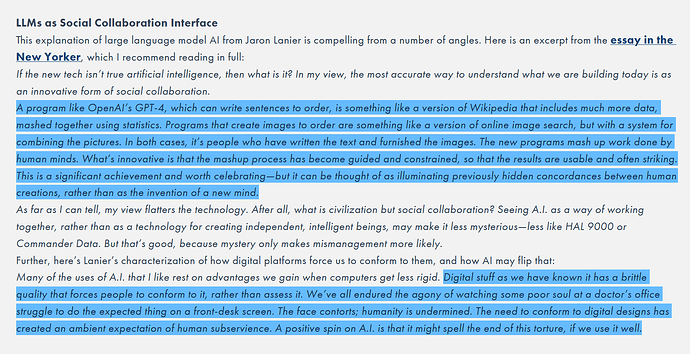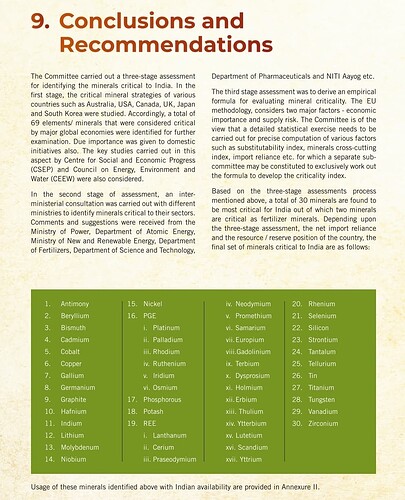India EV’s and investments outlook Source: Trendlyne
In 1908 the Ford Model T set off a transportation revolution, as the first mass-produced car with an internal combustion engine (ICE). It had no seatbelts or windows, 20 horsepower (hp) and a top speed of 72 km/hr.
ICE vehicles have evolved a lot since that first car - the modern Ford GT MK IV has 40 times the power, with 800 hp and a top speed of 472 km/hr.
Before the Model T, roads across cities had to be cleaned every day of huge amounts of horse manure, because people were mostly travelling in horse carriages. The car was a relief to everyone who had to walk around while trying not to step into horse poop. Now more than a hundred years later, electric vehicles are emerging as a cleaner, better alternative to ICE vehicles.
Elon Musk, the poster boy worldwide for electric cars, made EVs a truly disruptive force with Tesla. Several auto manufacturers before him had tried to sell electric vehicles without success - small, cramped cars that nobody wanted to be seen in. Tesla paved the way for EVs to become both competitive and a status symbol.
But so far, the Indian story has been different. Despite India introducing its first domestically manufactured electric car, the Reva, in 2001, the country has lagged behind major markets in increasing electric vehicle usage.
Tata, Mahindra, Ola, Hero, and TVS have become leading electric mobility manufacturers in India. In FY23 alone, the country saw a hockey-stick change in demand, with 11,71,944 electric vehicle sales - in one year alone, sales were more than the total EVs sold in India over the past 10 years.

Norway has the highest EV penetration in the world right now, with 79.2%. The Norwegian government has passed legislation requiring that all cars sold in 2025 be zero-emission (electric or hydrogen-powered) vehicles. In comparison, the Indian government is far behind and is targeting to achieve 30% EV penetration by 2030.
Station shortage: 2,577 for EVs vs 80,000 for ICE
To promote electric vehicles, the Indian government has adopted a three-pronged approach by subsidizing EV consumption, building charging infrastructure across the country, and incentivizing local EV manufacturing.
Under the National Electric Mobility Mission Plan (NEMMP), the goal is to set up one charging station every three kilometres in cities, and one every 25 kilometres on highways. However, only 2,577 charging stations have been installed so far, a stark contrast to the nearly 80,000 fueling stations India has for ICE vehicles.
The government’s Faster Adoption and Manufacturing of Hybrid and Electric Vehicles (FAME) scheme offers subsidies for electric vehicles. To qualify, the vehicle must have at least 70 km of range and a minimum speed of 40 km/hr. Additionally, the government has set norms requiring 50% of the vehicle’s manufacturing to be done in India. These initiatives have led to a price decline of Rs 10,000 - 15,000 for electric two-wheelers.

To make lithium-ion battery packs more competitive in terms of pricing, the government has reduced the Goods and Services Tax (GST) on these batteries from 18% to 5%. The new Production Linked Incentive (PLI) programme for this industry is also expected to promote domestic battery manufacturing.
Government initiatives have shown positive results for the electric two-wheeler segment, which registered sales of 1 lakh units in May 2023. However, problems such as the lack of charging infrastructure on highways and battery limitations continue to hinder the growth of EV passenger vehicle sales.
Two-wheeler startups, auto equipment manufacturers lead the EV revolution
Electric two-wheelers account for nearly 61.5% of all EVs sold in India, followed by three-wheelers (34%) and passenger vehicles (3.4%). As two-wheelers are designed for traveling a shorter distance, the technology makes them more attractive.
Electric two-wheeler sales have captured 3.2% of India’s two-wheeler market, while the share for passenger vehicles stands at 1.6%. As of December 2022, EVs accounted for 16.8% of all vehicle sales in Delhi, marking a YoY growth of 86%.
Startups like Ola Electric (21.9%), Okinawa Autotech (15.6%), Hero Electric (12.9%) and Ampere Vehicles (12.1%) account for nearly 50% of the total two-wheeler electric vehicle sales in India.
The simplicity of electric vehicles, with fewer than 20 moving parts compared to the 2,000+ parts in IC engines, has put traditional OEM manufacturers at a disadvantage. Consequently, their focus has shifted towards technological development like sensors, software, wiring and batteries.
OEM manufacturers are signing joint ventures with electric vehicle startups to update their product portfolio. Uno Minda, for instance, has signed a JV with foreign firms to manufacture battery packs, smart plugs, residual current device (RCD) cables and motor controllers. This will enhance its kit value from the current Rs 8,000 per vehicle to Rs 50,000 per vehicle.
In the hunt for technology neutrality, Igarashi Motors is developing motors that can be used for both IC engines and electric vehicles. The firm, through a third party, supplied motor parts to Tesla for a short while.
Bosch has also been investing in the development of electric mobility solutions like battery management systems, electric axles and vehicle control units. While these have fewer takers in India, there has been a noticeable global uptick in the sales of such technology.
India struggles in battery manufacturing, lags behind China
Battery manufacturing has a crucial role in the electric vehicle industry, accounting for nearly 30-40% of the total vehicle cost. India lags behind in this key aspect, with China controlling around 75% of the battery manufacturing market. The United States, Hungary and Germany also have a significant presence in this space.
Indian firms have not made big investments in battery technology, unlike global players who are working on improving the energy density of batteries to give EVs more travel range. Some of the highest-performing battery cells – Tesla’s upcoming 4,680 cells and LG Energy Solutions’ Ultium cells – can reach energy densities of over 300 Wh/kg, up from around 100-150 Wh/kg a decade ago.
Major economies are also making rapid progress in setting up giga-factories. China has an installed capacity of 5,462 GWh for lithium-ion battery manufacturing, followed by Europe (1193 GWh) and North America (1047 GWh).
Indian firms are yet to make much headway here. Some Indian companies are taking steps now in battery manufacturing - Tata Group is developing a 20 GWh plant in Gujarat, Exide Industries plans to invest Rs 6,000 crore in a 12 GWh plant, and Amara Raja Batteries is investing around Rs 9,500 crore to set up a 16 GWh plant along with a 5 GWh plant for a battery pack assembly unit. Many non-technical players like Reliance, Amperex and OLA are betting on lithium-ion battery manufacturing by acquiring or investing in new plants.
However, the current trend suggests that battery manufacturers may struggle to scale up production to meet rising EV demand. Many Indian auto manufacturers instead import battery packs from China, assemble them domestically, and sell them under different brand names.
India’s electric vehicle ecosystem has witnessed significant growth and government support in recent years. But it still relies heavily on imports, and India needs to ramp up its battery manufacturing capabilities a lot faster. A focus on manufacturing and better charging infrastructure can reduce oil imports, and unlock the full potential of India’s electric mobility.














